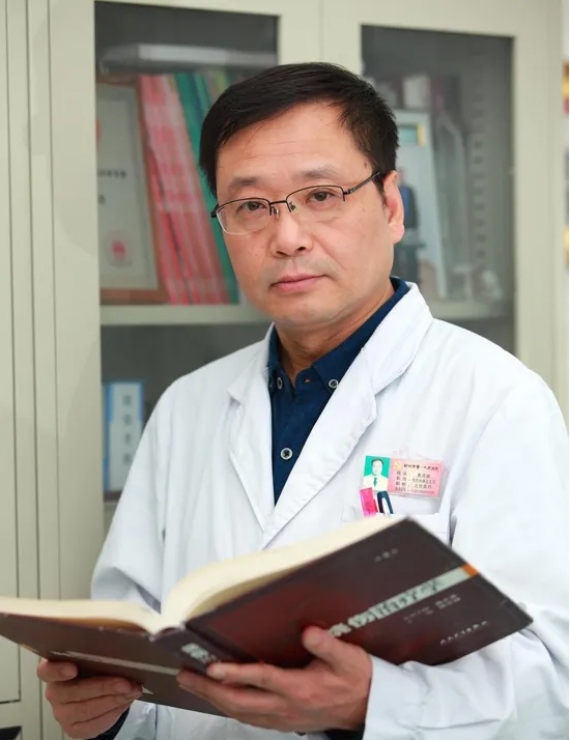先后在上海瑞金医院、郑大一附院进修学习烧伤整形及重症监护专业两年。擅长治疗各种原因烧伤,尤其是应用皮瓣修复深度烧伤创面、烧伤后期瘢痕整形、皮肤扩张器的应用等方面有较深的造诣。获郑州市科技进步二等奖三项,出版专业书籍两本,在国家及省级杂志上发表论文10余篇。
夏成德
Latest from 伤口世界
- Betaine: a promising novel anti-aging substance as an exercise mimetic
- Single domain Camelid antibody fragments for molecular imaging and therapy of cancer
- The Effects of the Anti-aging Protein Klotho on Mucociliary Clearance
- The role of anti-aging approaches in managing hypogonadism in sedentary older males
- Prediction of Subtle Cognitive Decline in Normal Aging: Added Value of Quantitative MRI and PET Imaging

